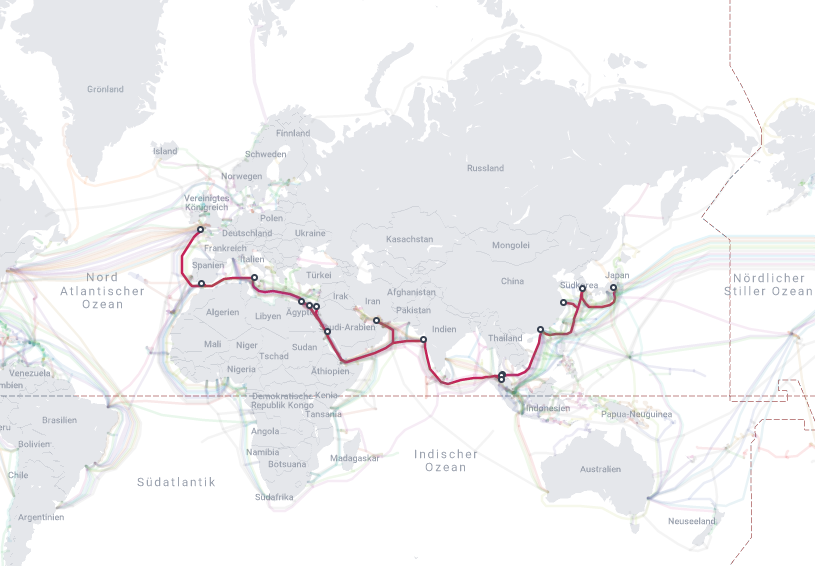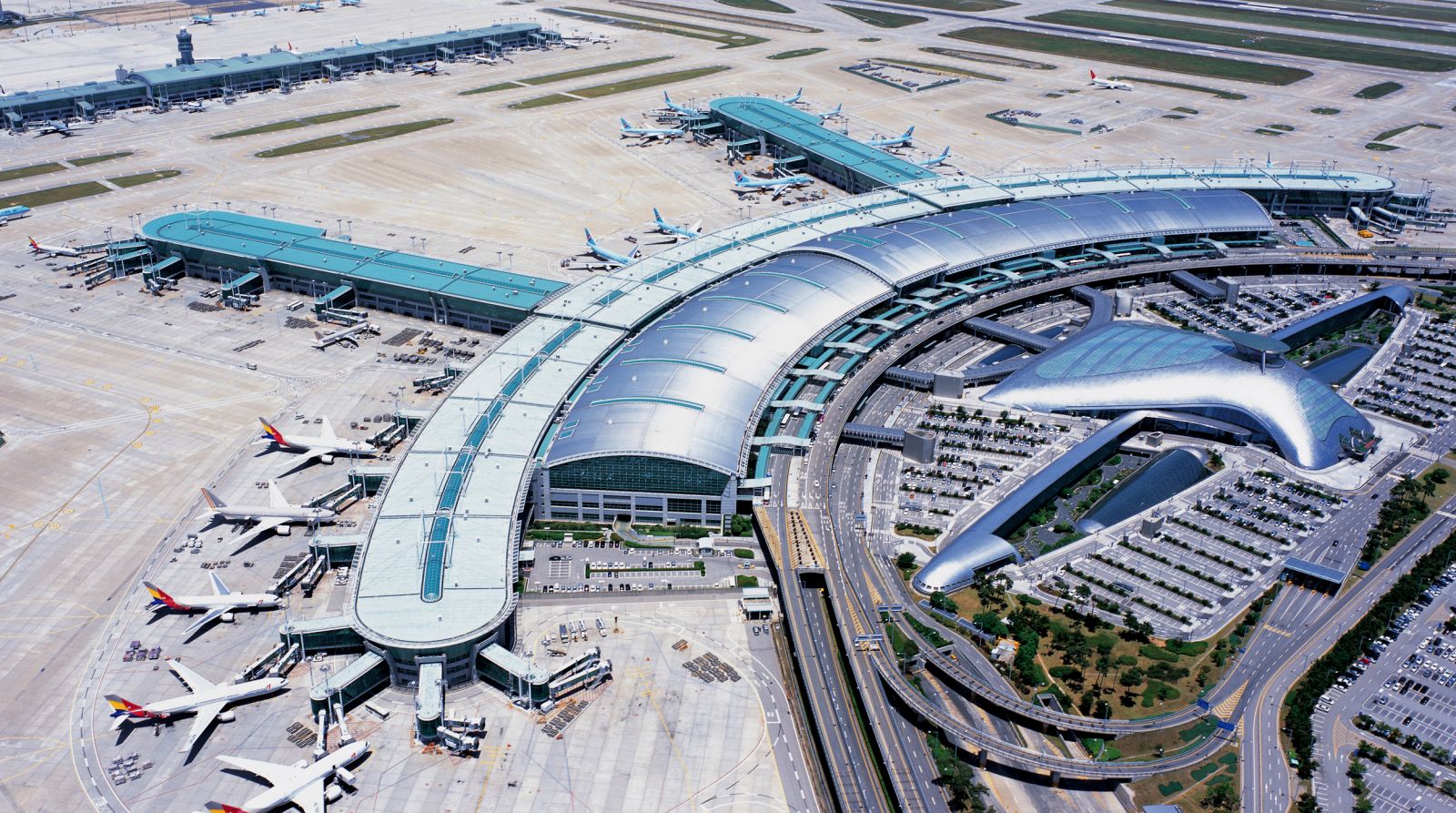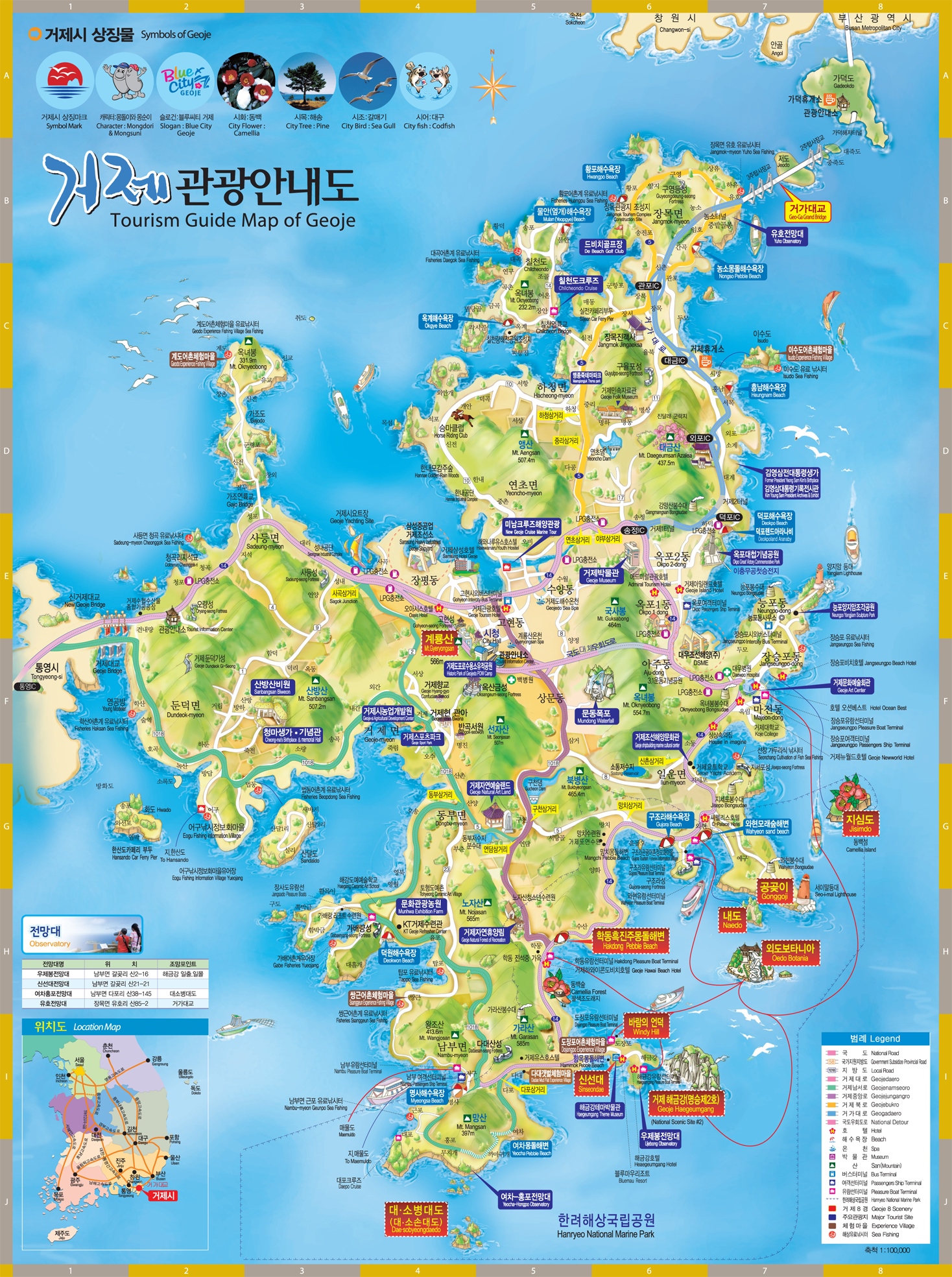
Deutsch-Chinesische Enzyklopädie, 德汉百科
 Republic of Korea
Republic of Korea

 Egypt
Egypt
 China
China
 India
India


 IT-Times
IT-Times
 Late Classical, Romantic (Early, Middle, Late)
Late Classical, Romantic (Early, Middle, Late)
 Italy
Italy
 Japan
Japan
 Jordan
Jordan
 Malaysia
Malaysia
 Republic of Korea
Republic of Korea
 Saudi Arabia
Saudi Arabia
 Shanghai Shi-SH
Shanghai Shi-SH
 Spain
Spain
 Thailand
Thailand
 United Arab Emirates
United Arab Emirates
 United Kingdom
United Kingdom
 Zhejiang Sheng-ZJ
Zhejiang Sheng-ZJ




 African Union
African Union
 Bingu wa Mutharika
Bingu wa Mutharika
 Angela Merkel
Angela Merkel
 Association of Southeast Asian Nations,ASEAN
Association of Southeast Asian Nations,ASEAN
 Nguyễn Tấn Dũng
Nguyễn Tấn Dũng
 Association of Southeast Asian Nations,ASEAN
Association of Southeast Asian Nations,ASEAN
 Surin Pitsuwan
Surin Pitsuwan
 Barack Obama
Barack Obama
 Cristina Fernández de Kirchner
Cristina Fernández de Kirchner
 David Cameron
David Cameron
 Dmitri Anatoljewitsch Medwedew
Dmitri Anatoljewitsch Medwedew
 Felipe Calderón
Felipe Calderón
 Financial Stability Board,FSB
Financial Stability Board,FSB
 Mario Draghi
Mario Draghi

 Financial
Financial
 Generalsekretär der Vereinten Nationen
Generalsekretär der Vereinten Nationen
 Ban Ki-moon
Ban Ki-moon

 Hand in Hand
Hand in Hand
 Herman Van Rompuy
Herman Van Rompuy
 Hu Jintao
Hu Jintao
 International Labour Organization,ILO
International Labour Organization,ILO
 Juan Somavía
Juan Somavía
 Internationaler Währungsfonds
Internationaler Währungsfonds
 Dominique Strauss-Kahn
Dominique Strauss-Kahn
 Jacob Zuma
Jacob Zuma
 José Luis Rodríguez Zapatero
José Luis Rodríguez Zapatero
 José Manuel Barroso
José Manuel Barroso
 Julia Gillard
Julia Gillard
 Lee Hsien Loong
Lee Hsien Loong
 Lee Myung-bak
Lee Myung-bak
 Luiz Inácio Lula da Silva
Luiz Inácio Lula da Silva
 Manmohan Singh
Manmohan Singh
 Naoto Kan
Naoto Kan
 New Partnership for Africa´s Development,NEPAD
New Partnership for Africa´s Development,NEPAD
 Meles Zenawi
Meles Zenawi

 Nicolas Sarközy
Nicolas Sarközy
 OECD
OECD
 José Ángel Gurría
José Ángel Gurría
 Recep Tayyip Erdoğan
Recep Tayyip Erdoğan
 Republic of Korea
Republic of Korea
 Silvio Berlusconi
Silvio Berlusconi
 Stephen Joseph Harper
Stephen Joseph Harper
 Susilo Bambang Yudhoyono
Susilo Bambang Yudhoyono
 World Bank
World Bank
 Robert Zoellick
Robert Zoellick

 Economy and trade
Economy and trade
 World Trade Organization
World Trade Organization
 Pascal Lamy
Pascal Lamy


Gangwon-do ist eine Provinz im Nordosten von Südkorea am Ostmeer. Im Süden grenzt sie an Gyeongsangbuk-do und Chungcheongbuk-do, im Westen an Gyeonggi-do und im Norden an Nordkorea. Die Hauptstadt der Provinz ist Chuncheon.
Die größten Städte in Gangwon-do sind neben der Hauptstadt Chuncheon Gangneung, Sokcho und Wonju.
Die Topographie wird durch die zerklüfteten Mittelgebirge geprägt, die in Nord-Süd-Richtung verlaufen und von denen das Taebaek-Gebirge das bedeutendste ist. Der Gebirgsverlauf erschwert die Verkehrsführung, daher folgen Straßen und Eisenbahnlinien den stark gewundenen, durch Erosion teilweise ausgeweiteten Flusstälern. Die Flussbetten sind breit, die Flüsse selbst fast das ganze Jahr über schmal und flach. In der Regenzeit und nach der Schneeschmelze schwellen sie zu reißenden Strömen an. Die Berge fallen zur Küste oft steil ab, wobei sie kleine Buchten mit malerischen Sandstränden bilden. Einen durchgehenden breiten Sandstrand gibt es nur im Norden bei Samcheok, das im flachen Schwemmland liegt, und bei Gangneung.
Das Klima ist etwas rauer als in den West- und Südprovinzen, während der Regenzeit im Sommer schwülwarm. Die schönste Jahreszeit neben dem Frühling, der meist schon Ende Februar einsetzt, ist der Herbst. Die Vegetation leuchtet in allen denkbaren Farben, sie entspricht dann dem „Indian Summer“ in den Neuengland-Staaten der USA. Die Winter sind kalt, mit extrem trockener Luft, geprägt durch den schneidenden Nord- und Ostwind. Temperaturen von 20 Grad minus sind keine Seltenheit. Oft fallen an einem Tag bis zu 20 cm Schnee. Dabei scheint auch im Winter oft die Sonne.
江原特别自治道(韩语:강원특별자치도/江原特別自治道 Gangwon teukbyeol jachido */?)是位于朝鲜半岛中东部的一个韩国道级行政区域,首府是春川市。江原道东临日本海,南与庆尚北道和忠清北道相连,西邻京畿道,北面隔着朝韩非军事区与朝鲜江原道接壤,面积16,872平方公里,占韩国国土面积17%[1]:273,人口超过150万[2]。
江原道是韩国的旅游胜地。雪岳山国立公园、五台山国立公园、雉岳山国立公园三座韩国国立公园都位于江原道境内[3]。位于春川市的南怡岛是韩剧《冬季恋歌》的拍摄地,也是韩流旅游的重要目的地之一[4]。江原道也是韩国的滑雪胜地,建有9个滑雪度假村,是1999年亚洲冬季运动会、2009年冬季两项世界锦标赛、2013年世界冬季特殊奥林匹克运动会、2018年冬季奥林匹克运动会和2024年冬季青年奥林匹克运动会的举办地[5][6]。
 China
China
 Democratic People's Republic of Korea
Democratic People's Republic of Korea
 Jiangxi Sheng-JX
Jiangxi Sheng-JX
 Liaoning Sheng-LN
Liaoning Sheng-LN
 Republic of Korea
Republic of Korea
 Shandong Sheng-SD
Shandong Sheng-SD

Das Gelbe Meer ist ein Teil des Chinesischen Meeres und ein von der Volksrepublik China und der Koreanischen Halbinsel umgebenes Randmeer des Pazifischen Ozeans. Der Golf von Bohai und die Koreabucht im Norden sind Teile des Gelben Meeres. Im Süden schließt sich das Ostchinesische Meer an.
Das Gelbe Meer misst 960 Kilometer von Nord nach Süd und ist 700 Kilometer breit. Die Flächenausdehnung beträgt 380.000 km². Es ist durchschnittlich 44 Meter und maximal 152 Meter tief. Damit ergibt sich ein Wasservolumen von 16.720 km³. Das Gelbe Meer ist ein flaches Meer, vergleichbar mit der Nordsee am anderen Ende des eurasischen Kontinents. Seine Wattflächen sind ein bedeutendes Rastgebiet für Watvögel.
Seine charakteristische Farbe, die zur Namensgebung führte, erhält es von dem nährstoffhaltigen gelben Schwemmsand, dem Löss, den der Gelbe Fluss und andere Flüsse an ihrer Mündung in das Gelbe Meer hineintragen und dort ablagern.
黄海(こうかい、英語:Yellow Sea)は、中国大陸と朝鮮半島の間にある海[1][2]。 黄河から運ばれる黄土により黄濁している部分があることから黄海と呼ばれている。フランスの地図製作者ダンヴィルが1737年に作成した『中国新地図帳』に黄海 (Hoang Hai ou Mer Jaune) と表記したことで国際的にも認知されるようになった。
The Yellow Sea is a marginal sea of the Western Pacific Ocean located between mainland China and the Korean Peninsula, and can be considered the northwestern part of the East China Sea. It is one of four seas named after common colour terms (the others being the Black Sea, the Red Sea and the White Sea), and its name is descriptive of the phenomenon whereby fine sand grains from the Gobi Desert sand storms, that descend annually from the northwest, turn the surface of its waters a golden yellow.
The innermost bay of northwestern Yellow Sea is called the Bohai Sea (previously Pechihli Bay or Chihli Bay), into which flow some of the most important rivers of northern China, such as the Yellow River (through Shandong province and its capital Jinan), the Hai River (through Beijing and Tianjin) and the Liao River (through Liaoning province). Sand and silt carried down by these rivers contribute further to the sea's colour. The northern extension of the Yellow Sea is called the Korea Bay, into which flow the Yalu River, the Chongchon River and the Taedong River.
La mer Jaune est un bras de mer de l'océan Pacifique qui sépare la Chine de la péninsule coréenne. Elle s'ouvre au sud sur la mer de Chine orientale qui la borde. Son nom provient du sable et des sédiments apportés par le vent soufflant depuis le désert de Gobi et par les fleuves, en particulier le fleuve Jaune et le Hai He qui lui donnent une couleur jaune1. En Corée, elle est aussi appelée la mer de l'Ouest. Sa partie septentrionale est appelée golfe de Corée et communique avec le golfe de Bohai qui se trouve de l'autre côté des péninsules du Liaodong et du Shandong. Cette dernière partie est aussi incluse dans la mer Jaune. Celle-ci mesure 960 km du nord au sud et 700 km de l'est à l'ouest pour une superficie de 380 000 km2, le golfe de Bohai non compris2. Reposant sur le plateau continental, c'est une mer peu profonde : la profondeur moyenne est de 44 m pour un maximum de 152 m. Cette mer est récente puisqu'elle a été formée à la fin du dernier âge glaciaire, il y a près de 10 000 ans lorsque le niveau des eaux monta de 120 mètres. Le fond de la mer descend lentement du côté de la Chine et remonte plus rapidement du côté de la Corée. La côte de Corée du Sud est très découpée, comprenant de nombreuses îles telles que celles de Ganghwa, Jeju et Yeonpyeong. Les plus grands fleuves proviennent de Chine et débouchent dans le Bohai (le fleuve Jaune, le Hai He et le Liao). Au niveau de la péninsule coréenne, le Yalou et le Taedong se jettent dans le golfe de Corée tandis que le fleuve Han arrive dans la mer Jaune proprement dite.
Il mar Giallo (in cinese 黄海S, Huáng HǎiP e in coreano: 황해, Hwanghae) è una porzione dell'Oceano Pacifico posta a settentrione del mar Cinese Orientale, tra la costa cinese e la penisola coreana. Copre una superficie di circa 417000 km² e sulle sue acque si affacciano la Cina, la Corea del Nord e la Corea del Sud.
Il mar Giallo è chiamato mare Occidentale nelle due Coree. Il suo nome deriva dai sedimenti di colore giallo che colorano le sue acque, apportati da vari fiumi, in particolare dal fiume Giallo (Huáng Hé).
La parte più interna del mar Giallo è costituita dal golfo di Bohai che è compreso tra le penisole di Liaodong a nord e dello Shandong a sud.
È un mare poco profondo con una profondità massima di 105 metri, ma nonostante ciò è molto trafficato con importanti porti sia sulla costa cinese sia su quella coreana. La parte settentrionale del mare gela in inverno.
El mar Amarillo (en chino simplificado, 黄海; pinyin, huáng hǎi, en coreano, 황해 [Hwang Hae]) es la parte norte del mar de la China Oriental que se convierte en parte del océano Pacífico. Es un amplio mar, ocupando un área de cerca de 417 000 km², aunque es poco profundo, con una profundidad máxima de 105 metros.
Está situado entre la China continental y la península de Corea. Su nombre proviene de las partículas de arena que le dan ese color al agua, originalmente del río Amarillo, Huang he. Se conoce también localmente, en Corea del Sur, con el nombre de mar del Oeste.
La inmensa bahía que forma el fondo del mar Amarillo recibe el nombre de mar de Bohai (conocido anteriormente como bahía de Zhili). En ella desemboca el río Amarillo, después de cruzar la provincia de Shandong y su capital, Jinan, así como el río Hai que cruza Pekín y Tianjin.
La bahía de Corea, entre la provincia china de Liaoning y el noroeste de Corea del Norte, forma parte también del mar Amarillo. El mar de Bohai y la península de Corea están separadas por la península de Liaodong, con la ciudad de Dalian situada en su extremo sur.
Жёлтое мо́ре (кит. упр. 黄海, пиньинь Huánghǎi, кор. 황해 хванхэ, в КНДР известно как 조선서해, 朝鮮西海 чосон-сохэ — «Западно-Корейское море») — мелководное шельфовое полузамкнутое окраинное море Тихого океана у восточного побережья Азии к западу от Корейского полуострова. Название дано по цвету воды, вызванному наносами китайских рек и в меньшей степени пыльными бурями. Весной жёлтые пыльные бури бывают настолько сильны, что судам приходится прекращать движение.



 Fashion world
Fashion world
 Life and Style
Life and Style
 Sport
Sport
 Companies
Companies
 Transport and traffic
Transport and traffic


 Aerospace
Aerospace
 European Union
European Union
 Party and government
Party and government
 Geography
Geography


 Automobile
Automobile
 Musical instrument
Musical instrument
 Architecture
Architecture